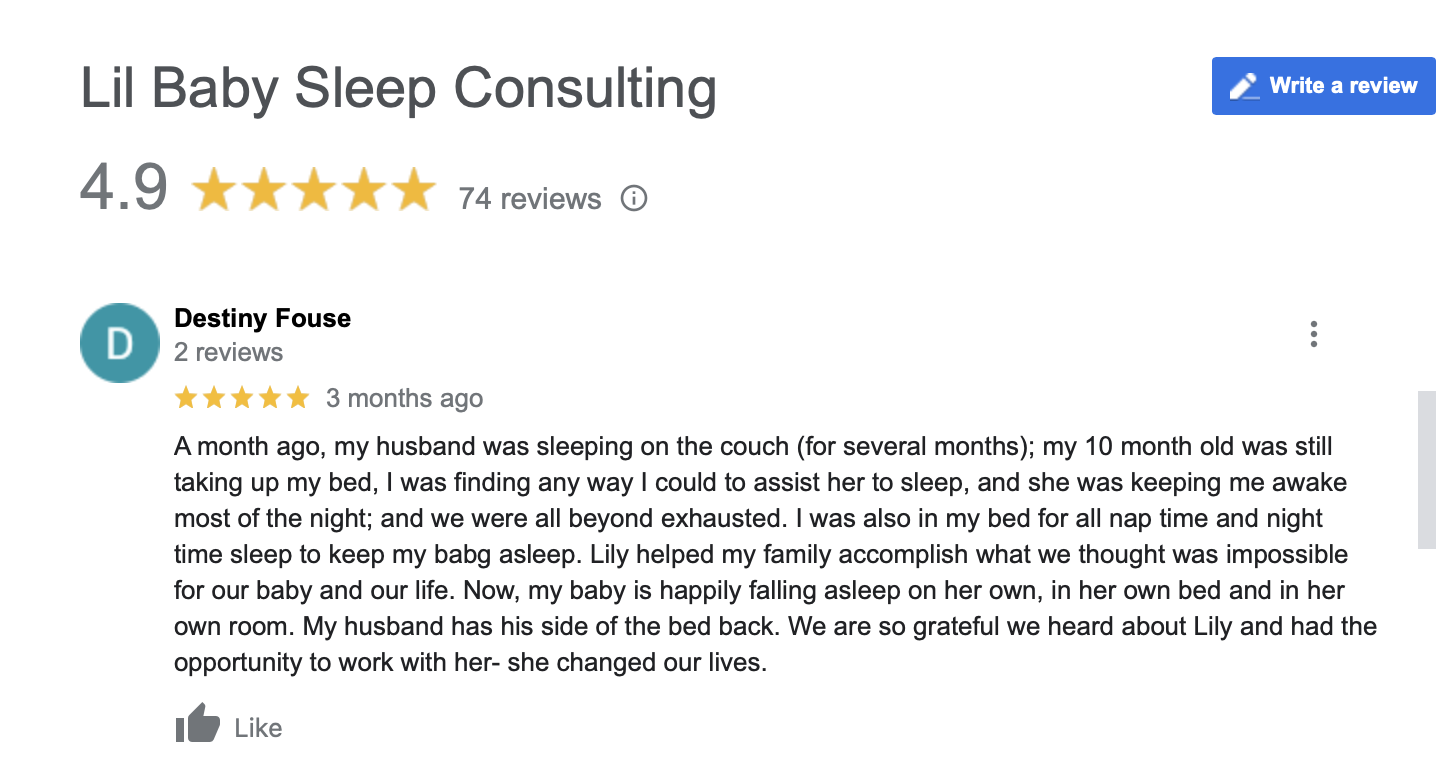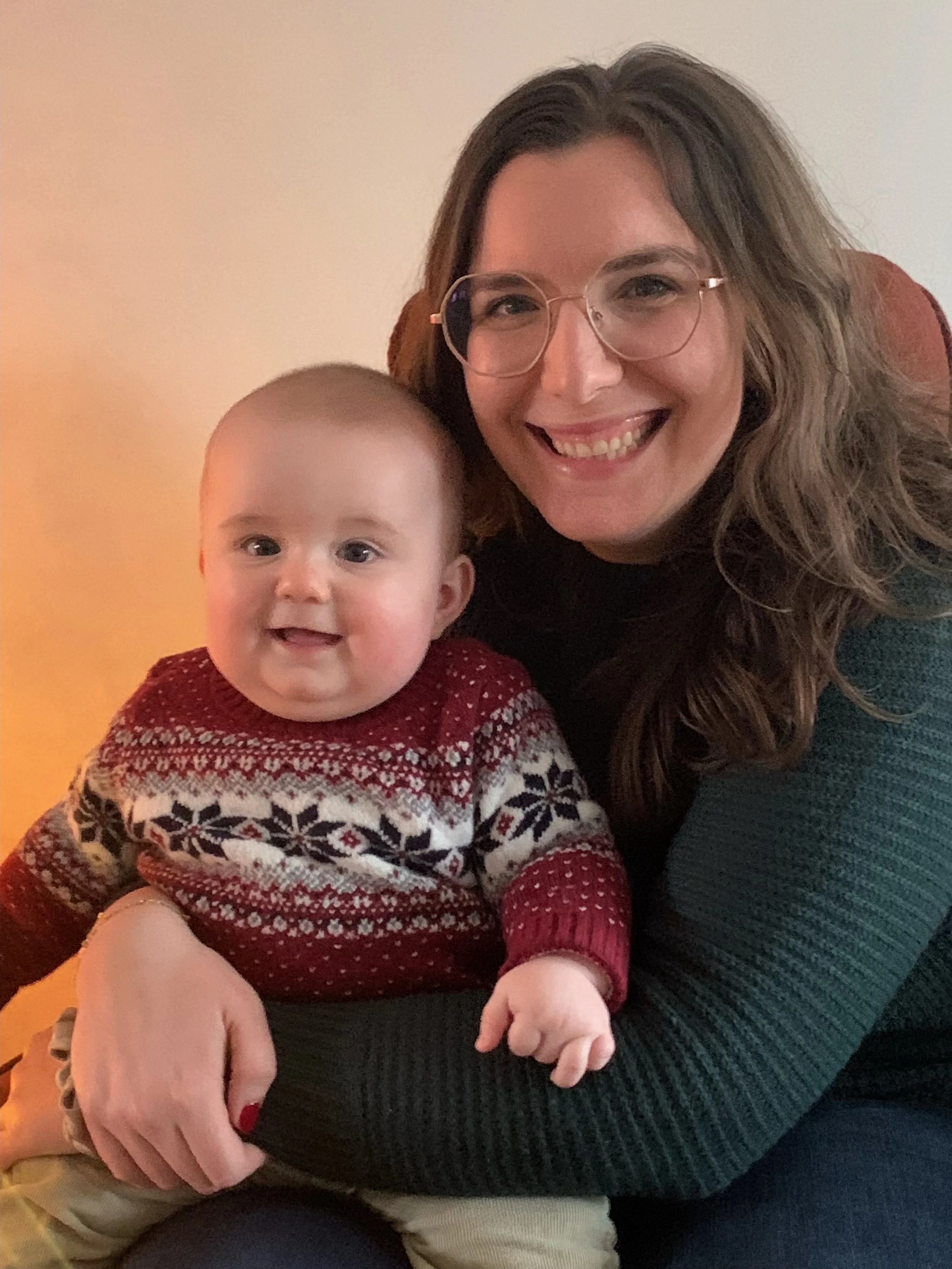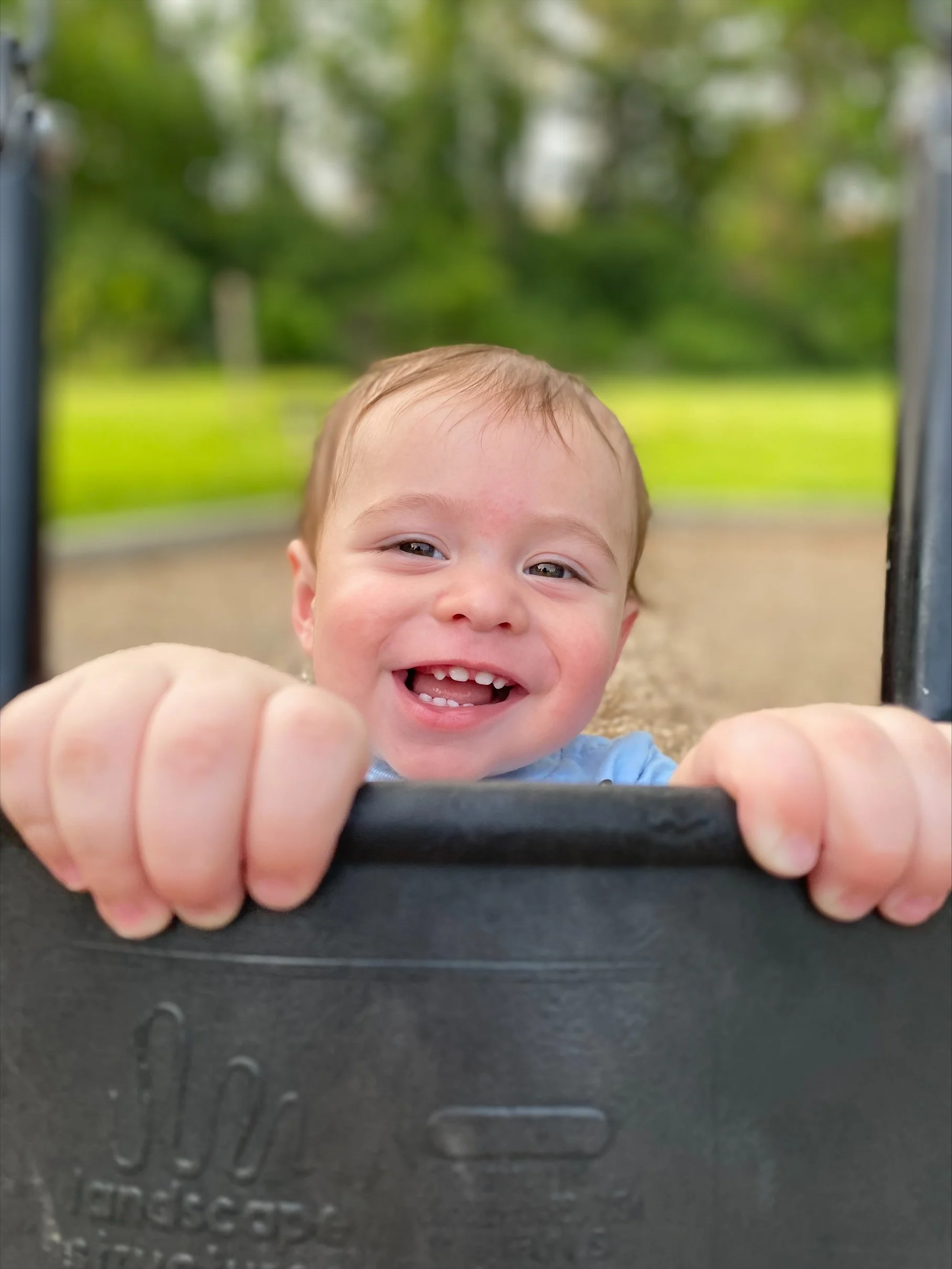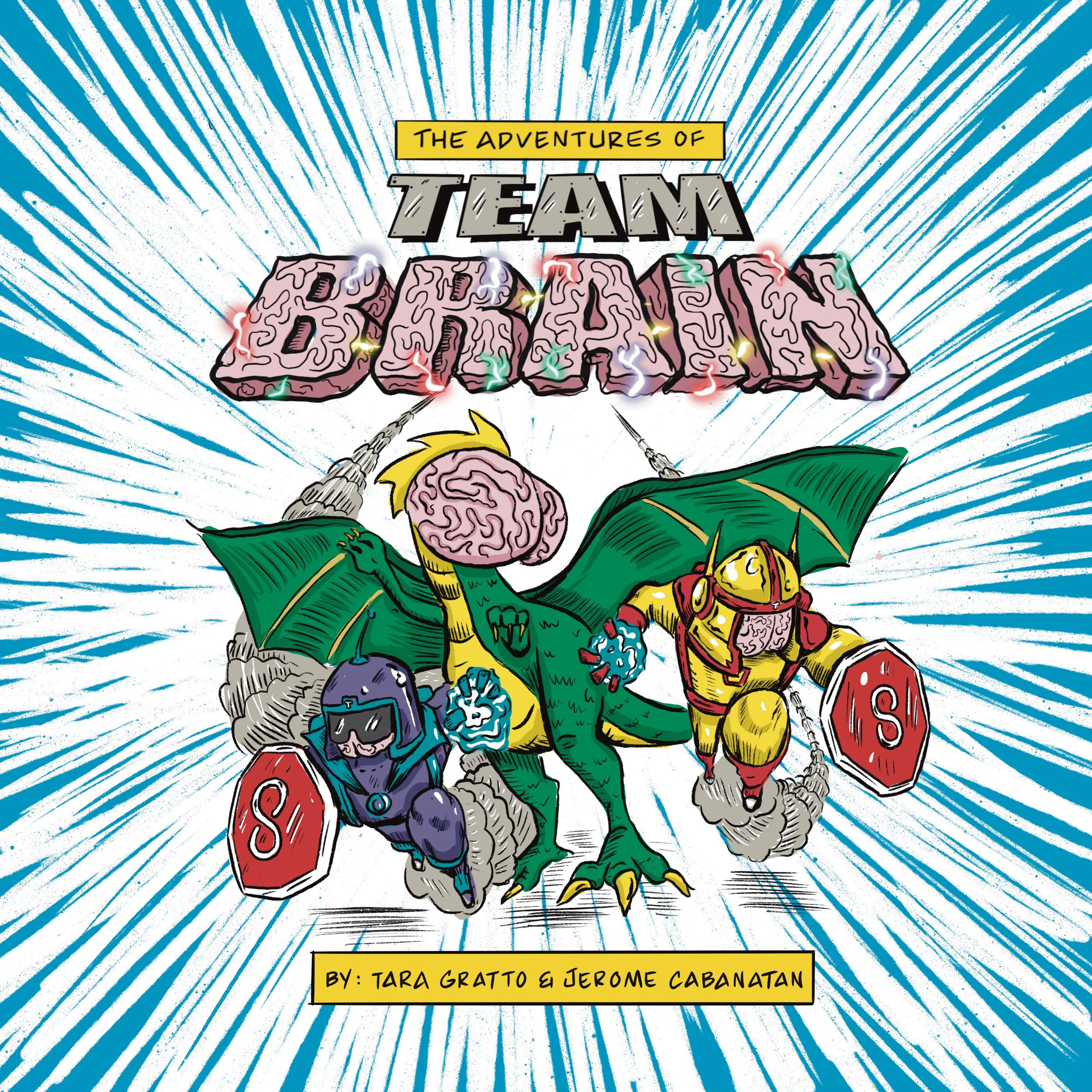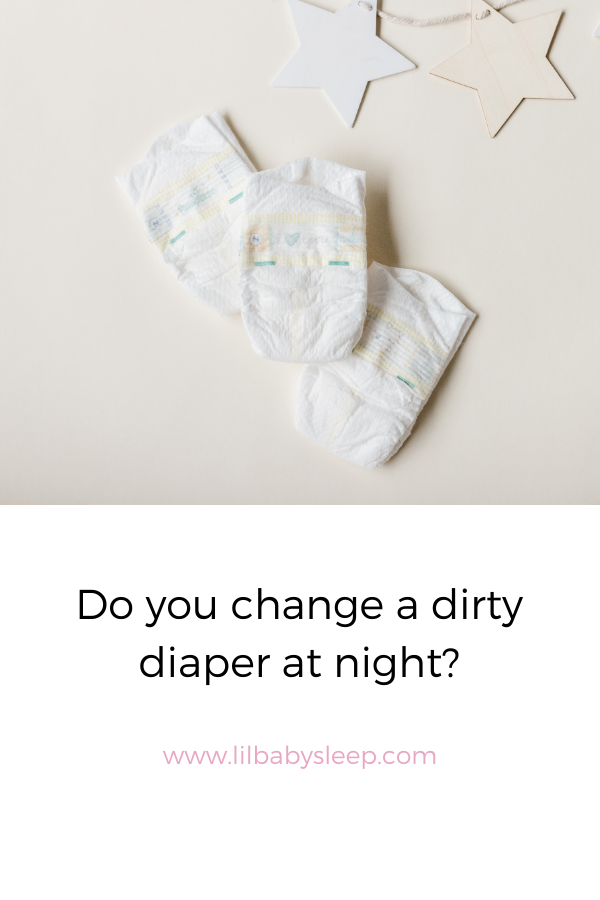It's no secret that good sleep is crucial for parents and children alike. With so many sleep gadgets and solutions on the market promising the world, it's tempting to think that there's a magic solution that will work for everyone. Unfortunately, like most things in life, there's no one-size-fits-all approach to sleep.
While it's natural to want a quick fix, relying on a single product or method is not the answer. In fact, it may lead to more frustration and wasted time and money.
So, what can you do to improve your family's sleep quality?
In my experience, there are only three key products that you should invest in to help get better sleep:
Blackout Blinds: A dark environment is essential for sound sleep, and blackout blinds can help create one. However, not all blackout blinds are created equal. Make sure to choose a product that effectively blocks out all light.
I tell my clients to make the room dim before bed and then completely dark once you put your baby in their crib. Any light that sneaks its way through is going to hit the skin and wake up your baby.
Also try darkening the room for at least one nap a day!
Honestly, I can’t say enough good things about blackout curtains. Here are my favourites:
Sleepout Portable Blackout blinds (discount code: lilbabysleep)
Slumberpod discount code: LILBABYSLEEP$20 for $20 off (#1 for travel)
White Noise Machine: White noise can be beneficial for all ages, especially infants. It helps soothe and calm the mind by masking background noise, making it easier to fall asleep and stay asleep.
You want one that plugs into your wall and one that you can take on the go. The plug in one is key for overnight sleeping. It needs to last the whole night long because your baby WILL wake up when it turns off.
So how loud should it be? About as noisy as a vacuum cleaner in the room, or 55-60 dbl.
Here are a few options I like:
Sleep Sack/Swaddles: So first, let’s outline the difference between the two.
Swaddles are for newborns and mimic a womb environment. It prevents newborns from startling themselves awake.
After eight weeks, we need to transition to a sleep sack with the arms out. This is because babies could potentially roll over. In a swaddle, that is so dangerous, since babies will need their arms to hold their heads up.
Sleep sacks are also warm and cozy and snug. They can even become a positive sleep association. Putting on their sleepsack at bedtime can signal that it's almost time for sleep and make them drowsy.
These products if used properly can help your baby sleep better however, they won’t work unless you have a solid game plan for sleep. They are just tools. This is where an expert can help.
A sleep consultant can help you develop a customised sleep plan that takes into account your baby's age, temperament, and your comfort level. With their guidance, you can navigate the complex world of sleep and receive ongoing support and motivation.
What are the benefits of getting a personalized sleep plan:
You don’t know what you don’t know. Knowing what to expect is critical.
Coming up with a step-by-step response that you feel comfortable implementing is important.
Knowing exactly what to do and feeling confident with your plan is key.
Having support to ask questions, get guidance and have someone always there holding your hand- priceless.
If you don’t have a sleep plan it’s not possible to stay consistent and see lasting results.
By prioritizing your family's sleep, you're investing in your physical and emotional well-being and your child's development and quality of life.
Skip the expensive bassinets and gadgets and invest in a proper plan, knowledge and confidence in sleep. You won’t regret making it a priority.
Reach out and I can help get you started xx
Your Pediatric Sleep Consultant,
Lily


